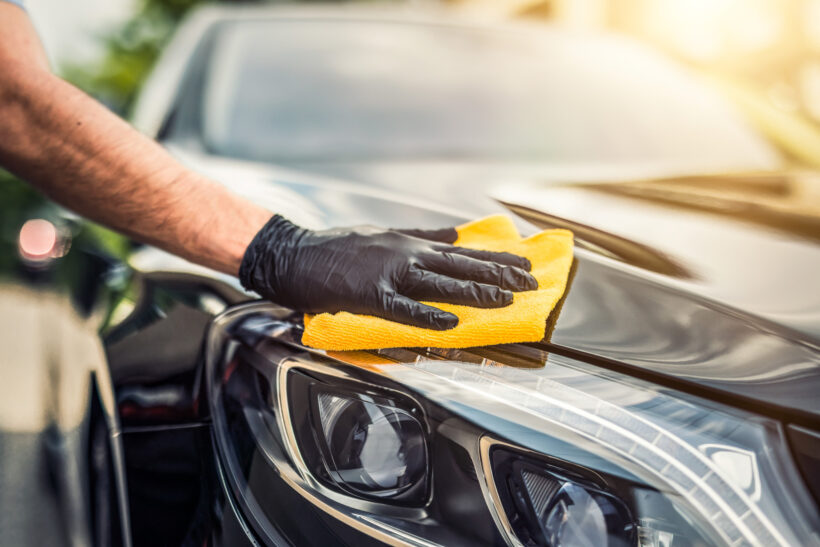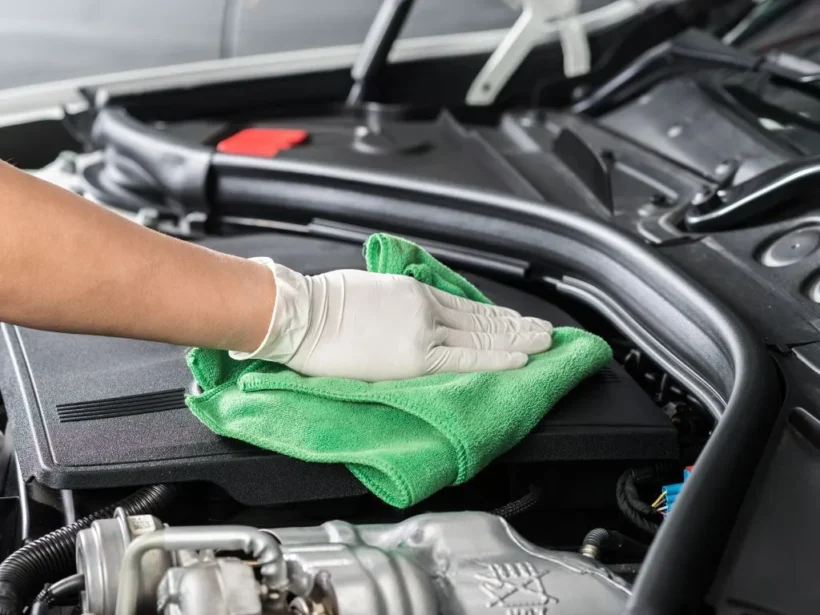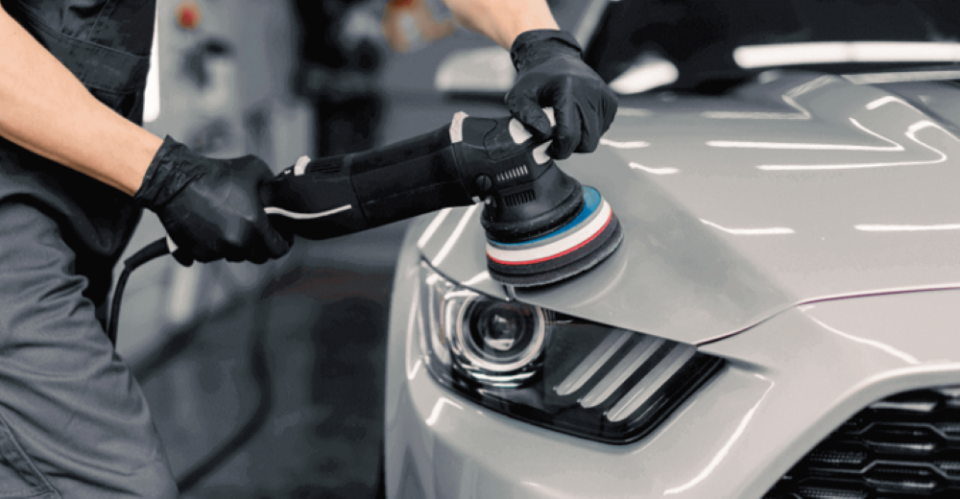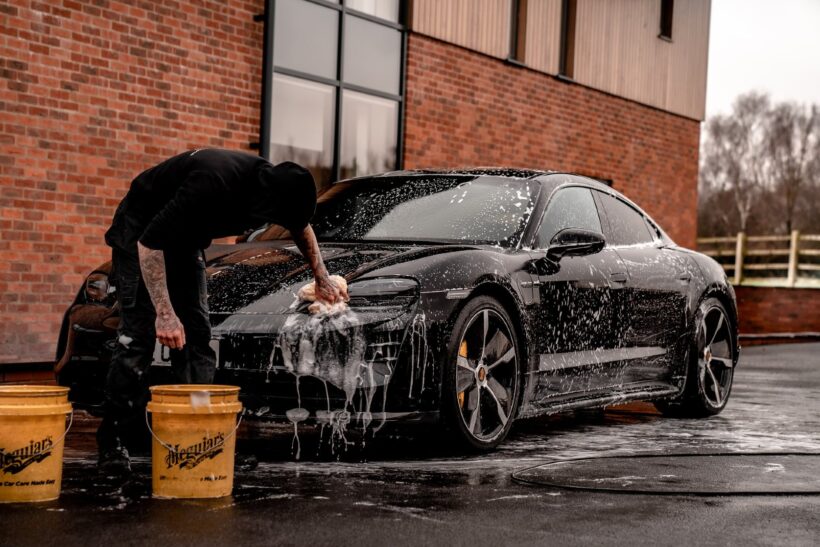Car detailing is more than just a task. It is considered an art form that can transform your car into a beautiful work of art. Whether you are a newcomer or a seasoned professional in car detailing, this detailed guide will offer you the skills and knowledge to achieve excellent results.
From the proper techniques and tools to the thorough steps involved, this expert guide will walk you through the process of revitalizing your vehicle’s appearance, both internally and externally. With this professional guide, you will be adequately equipped to take car detailing expertise to the next level. Also, it will help you ensure that your car shines like never before.
Commence with the Right Tools

The foundation of successful car detailing tips lies in using the right tools. The quality of your tools significantly impacts the outcome of your work. Consider the following essential tools:
- Microfiber Towels: High-quality microfiber towels are indispensable in car detailing. They are highly absorbent and gentle on your car’s paint. Opt for plush, lint-free towels to prevent scratching the paint and ensure your vehicle’s finish remains pristine.
- Detailing Brushes: Detailing brushes come in various shapes and sizes, making them versatile for cleaning delicate areas such as crevices, vents, and intricate trim. When dealing with stubborn dirt and grime, stiff-bristle brushes are your best choice.
- Polishing Pads: The right polishing pads are essential for achieving a flawless finish. Choose pads with varying levels of abrasiveness to suit different detailing tasks.
- Clay Bar: A clay bar is used to remove contaminants and imperfections from your car’s paint. It’s particularly effective in getting rid of stubborn substances like tree sap and road tar.
- Dual-Action Polisher: A dual-action polisher is an invaluable tool for achieving a professional-level shine. It’s perfect for removing swirl marks and scratches.
- Pressure Washer: If possible, invest in a pressure washer to make the initial cleaning stages faster and more efficient.
- Interior Cleaning Tools: Don’t forget about the tools you’ll need to detail the interior of your car. Vacuum cleaners, carpet and upholstery brushes, and leather or fabric cleaners are essential for achieving a spotless interior.
Preparation is Key
Before you can practically polish, clean, and protect your car, it helps to evaluate the present condition of the vehicle’s surfaces. This includes both the internal and external parts of the vehicle, checking for dust, dirt, stains, as well as any other imperfection in the interior or paint materials.
Besides, just like an expert in painting services starts with a clean canvas, a detailer starts with a clean vehicle. Eliminating surface contaminants, debris, and dirt is vital to avoid damaging the interior surfaces or scratching the paints during the detailing processes.
Keep in mind that vehicles are exposed to different contaminants, including tree sap, road tar, industrial fallout, and bird droppings. These contaminants may adhere to the paint and need a specific removal method, such as claying, to avoid causing damage.
Detailing the Engine Bay

Detailing the engine bay is a crucial part of comprehensive vehicle detailing. This is because it not only promotes the overall appearance of the car but also helps in maintaining the engine condition. When you are detailing the engine, firstly, ensure the engine is cool to the touch.
Avoid detailing a hot engine since this can result in the evaporation of water and other cleaning products, leaving behind residues. Disconnect the car’s battery to avoid accidental electrical issues during the cleaning process.
Secondly, you will require an engine-safe degreaser, microfiber towels, a variety of brushes, and vinyl or plastic protectant, among other tools. Ensure your degreaser is safe for engine components and adhere to the manufacturer’s instructions.
Additionally, use plastic wrap or plastic bags to cover electrical components. These components involve the distributor, alternator, and any exposed air filters or intakes to prevent water and cleaning products from coming into contact with them.
Interior Detailing

The interior of your car is where you spend most of your time, so it’s essential to maintain it properly. Here’s how to take your interior detailing to the next level:
- Vacuum Thoroughly: Begin by vacuuming the interior, including the seats, carpets, and floor mats. Use attachments to reach tight spaces and crevices.
- Clean and Condition Upholstery: Use appropriate cleaners and conditioners for the specific upholstery material in your car. Leather, fabric, and vinyl all require different treatments.
- Detailing Brushes: Small detailing brushes are invaluable for cleaning intricate areas like vents, buttons, and crevices.
- Glass and Dashboard: Don’t forget the glass and dashboard. Use a glass cleaner for streak-free windows and a suitable dashboard cleaner and protectant to maintain a pristine dashboard.
Proper Tire and Wheel Care

Your car’s tires and wheels contribute significantly to its overall appearance. Taking care of them properly can make a big difference:
- Clean and Degrease: Use a tire and wheel cleaner to remove brake dust, grime, and dirt. A stiff brush helps scrub stubborn areas.
- Tire Dressing: Apply a suitable tire dressing to give your tires a glossy finish. This not only looks great but also protects the rubber.
- Wheel Protection: Consider applying a wheel sealant or wax to protect the wheels from brake dust and other contaminants.
The Final Touch: Protecting Your Vehicle
Once you’ve completed the cleaning and detailing process, it’s essential to protect your hard work:
- Paint Sealant or Ceramic Coating: Applying a quality paint sealant or ceramic coating provides long-lasting protection for your car’s paint. It helps repel water, contaminants, and UV rays.
- Interior Protectant: Use an interior protectant to maintain the cleanliness of the interior surfaces and protect against UV damage.
- Regular Maintenance: Car detailing is an ongoing process. Regular maintenance, including quick detailing sprays and interior touch-ups, ensures your car remains in top condition.
Conclusion
Car detailing is more than just cleaning; it’s an art that transforms your car into a beautiful work of art. The final touch of paint sealant or ceramic coating ensures long-lasting protection, and regular maintenance keeps your car looking its best. With these expert tips, you’ll be well-equipped to take your car detailing skills to the next level and keep your vehicle in showroom condition. So, get ready to elevate your car detailing game and watch your car gleam with a brilliance that turns heads on the road.


